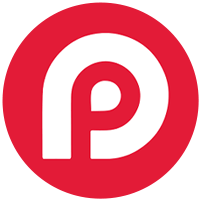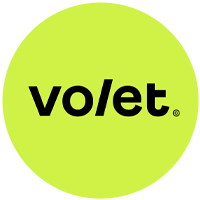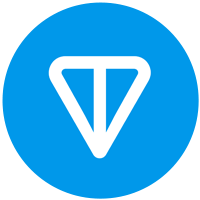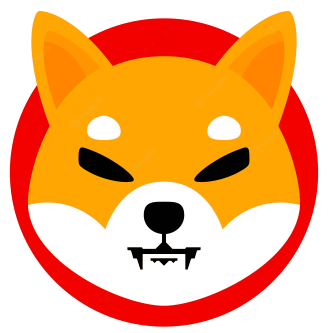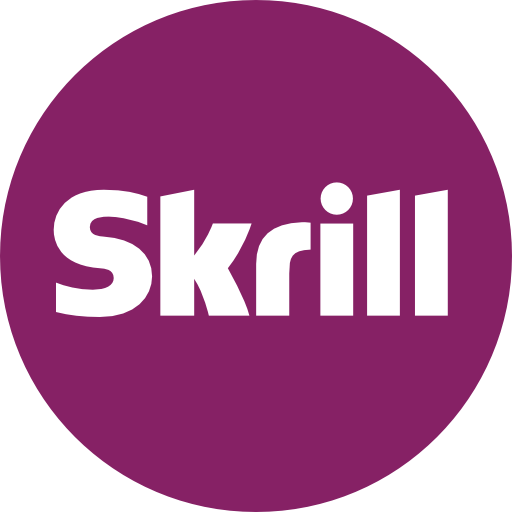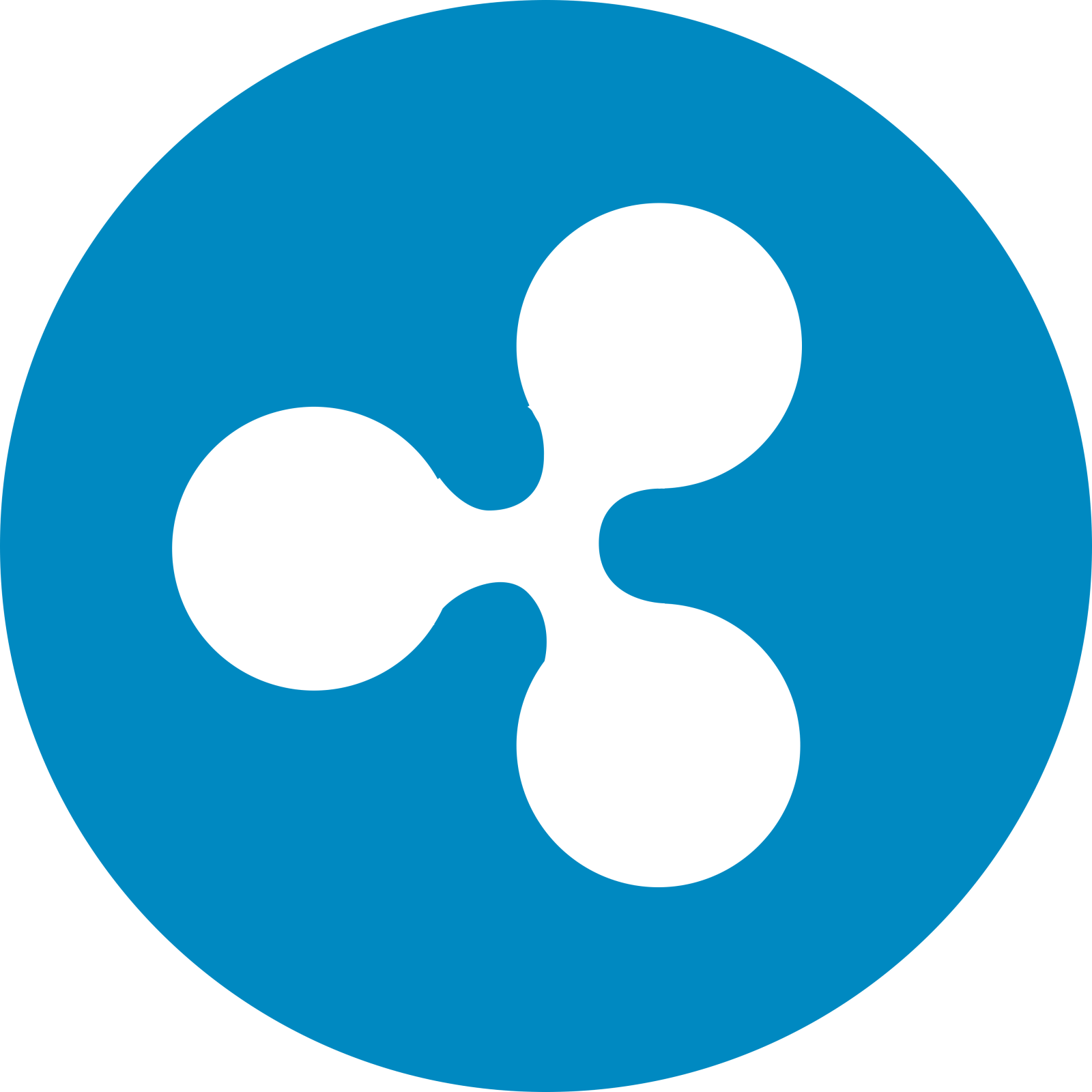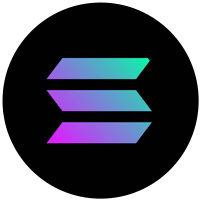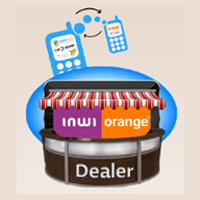menu
Bonus Print in Publishing Benefits and Practical Tips
Bonus Print in Publishing Benefits and Practical Tips for Authors and Publishers

Begin with a limited edition insert bundled with 2,500 copies of your known title. Budget estimate: $0.22 per unit for production; $0.65 per unit for fulfillment; distribution adds up to $2,250. Set a 60‑day measurement window; compare reader actions against a control group that receives standard edition. Target a minimum 15% lift in landing-page visits; aim for 7% growth in email signups.
Include a clear call to action with a short URL or QR code linking to a dedicated landing page. Use a unique promo code for readers to redeem a free sample or exclusive content. Track responses via UTM tags; coupon redemptions; landing-page analytics. In a test, a simple QR link yielded a 4–6% click-through rate in similar campaigns; a code redemption rate hovered around 2–3% in consumer segments.
Limit run to preserve value; avoid oversupply. After 60 days, assess response rate; conversion; downstream value per reader. If recall improves by 20% in recipients; lifetime value per subscriber grows by 6%; scale to 5 titles quarterly in select markets. Target cost per acquisition under $8 for paid channels; under $5 for organic routes.
Choose a compact design with high reader retention. A two-page format presents a short welcome message; a teaser for the next issue; a limited-time offer. A concise survey via the landing page collects reader preferences; note that a 60‑second completion rate indicates higher opt-in quality.
Maintain a ledger of costs; monitor lift; prepare a scale plan. When results surpass preset thresholds, roll the approach into additional titles within the same imprint. Use quarterly benchmarks to keep capital efficiency at around 12–18% of gross revenue for the initiative.
Supplemental Material in Content Production: Gains; Strategies, Actionable Guidance
Launch a one-title pilot delivering a compact add-on tied to a flagship release; set a 60‑day data window; measure uptake (percentage of buyers who opt for the extra matter); track newsletter signups; monitor repeat purchases.
Estimated per-unit outlay: production of add-on 0.60; binding 0.15; logistics 0.25; total 1.00 USD. Expected uplift in gross per unit: 1.90 when priced at 14.99; ROI target: 70–90% within 90 days; adjust based on channel margins.
Implement a dashboard for metrics: unit sales, add-on uptake, subscriber growth, cost per acquisition, return on investment. Run A/B tests on cover blurbs, front matter, plus page count; keep variants clear; iterate within 4 weeks.
Distribution channels include direct-to-consumer site; bookstore orders; library consortia. Negotiation tips: propose limited edition runs; include signed notes; bundle with series to boost cross-sell.
For a comparative test, review external resources such as no deposit free spins not on gamstop to inform your approach.
Ensure compliance checks; rights verification; quality control; collect reader feedback; plan phased rollout with quarterly reviews.
Clarify what qualifies as a complimentary edition for your title

Recommendation: cap complimentary editions at a fixed count or percentage; example: 2 percent of planned copies, capped at 150; whichever is smaller. Establish a policy prior to rollout; outline eligible recipients; define edition variants; set production constraints; require tracking; set distribution rules; determine measurement methods.
- Eligibility: editors; reviewers; influencers; charity partners; select retailers in pilot programs; media partners with verified coverage; mass giveaways excluded.
- Edition variants: signed copies; slipcase editions; color inserts; each variant receives a separate catalog entry; each copy bears a unique tracking code.
- Production constraints: produced on standard stock; no decorative embellishments; not part of bulk reorders; produced in a separate run from core titles.
- Tracking mechanism: assign a unique catalog number; attach recipient category; require delivery confirmation; log recipient, date, channel.
- Distribution controls: cap per channel; enforce approval for exceptions; maintain a master spreadsheet; conduct quarterly review.
- Measurement approach: link to promo landing page; track codes used; compare uplift against baseline; adjust cap based on results.
- Determine N; total planned copies.
- Compute L; limit equals min(2 percent of N, 150 copies).
- Publish the policy; circulate to marketing; sales; editorial; require acknowledgement.
- Prepare tracking data; issue catalog numbers; compile recipient list.
- Launch; monitor results; adjust cap yearly.
Policy visibility: post on internal wiki; provide one page summary for distributors; include QR codes on copies for traceability.
Choose value-first formats that fit your audience
Begin with a single compact format tailored to a tested segment; measure uptake within 2–3 weeks.
Identify segments by reading context: commuters prefer durable, pocket-friendly editions; home readers favor thicker editions with enhanced visuals; hobbyists seek tactile covers, premium paper.
Budget ranges: pocket pamphlets 8×5 inches, 16 pages, unit cost roughly 0.25–0.45 USD in 1,000-run; saddle-stitched 32-page trade paperback 0.80–1.60 USD.
Pilot two formats within the same release window; gather response data over 2–4 weeks.
Track uptake, cost per unit, return rate.
Distribution choices influence value: print-on-demand yields nimble updates; offset printing lowers unit cost at larger runs.
Formats to consider: pocket zines; wall charts; mini booklets; large posters; premium hardcover editions.
Provide practical cues: integrate scannable QR codes linking to extra content.
Audience behavior anchors
Segments defined by context; track engagement over 2–4 weeks; micro-surveys reveal preferences with minimal friction.
Cost, logistics; performance

Trade-offs include unit cost, lead time; refill options; shelf-life; reprint risk; compare returns at different volumes.
Design a complementary print item: examples and templates
Start with a durable bookmark as the default companion piece. Size 2 x 6 inches; stock 300–350 gsm matte card; corners rounded 3 mm; bleed 0.125 inches; trim marks required. Include logo, URL, plus a QR code to a landing page; keep typography legible: body 9–11 pt; headline 12–16 pt; color in CMYK; avoid heavy varnish on text areas for readability.
The 8.5 x 11 tri-fold brochure offers structured value delivery. Fold lines create three panels with final width around 2.83 inches; height remains 11 inches. Use CMYK at 300 dpi; stock 100–120 lb text (approx 150–160 gsm); finish matte or satin; margins 0.25 inches; bleed 0.125 inches. Front outside page features cover image; headline length 28–40 characters; inside left presents a concise value message; middle panel lists steps or features; right panel holds a clear call to action; back cover shows contact details plus social handles.
Quick reference card templates provide compact companions. Template A: bookmark edition; size 2 x 6 inches; stock 300–350 gsm; finish matte; bleed 0.125 inches; content includes brand logo, URL, QR code; typography: body 7–9 pt; heading 12–14 pt; CMYK; PDF ready with crop marks. Template B: tri-fold starter; trim 8.5 x 11 inches; three panels ~2.83 inches wide; stock 100–120 lb text; finish matte or satin; margins 0.25 inches; bleed 0.125 inches; layout: cover image; concise messaging across panels; headers 14–18 pt; body 9–11 pt; CMYK; PDF/X-1a. Template C: quick reference card; size 4 x 6 inches; stock 110–130 gsm; minimal imagery; content: 4–6 bullet points; optional QR code; back side reserved for contact information.
Production checklist covers file setup; bleed; trim marks; CMYK color profile; embedded fonts; export as PDF/X-1a or press-ready PDF; resolution 300 dpi; safe margins 0.25 inches; peak readability verified via color contrast check.
Budgeting, cost control for extra hardcopy materials production
Cap unit cost at a fixed maximum per piece; set this threshold based on market quotes; include production, binding, finishes, freight into one price; require supplier commitments within a 30-day window; attach a 4% contingency for overruns; pilot small runs to validate assumptions before large orders.
Establish a line-by-line cost model: paper stock, ink, coatings, binding, trimming, packaging; compute total per unit for each supplier; select top two offers for a 10% buffer; specify that changes appear via formal requests, with cost impact documented; mandate preproduction proofs as digital files for alignment before press, to minimize rework; lock vendor suggestions via a formal agreement.
Stock choice, binding type, finishing options, packaging for mailing; optimize layout to reduce waste; negotiate paper grade with suppliers; batch production to reduce set-up; combine orders with other clients to obtain volume discounts; consider in-house finishing vs outsourcing for each job.
Cost levers to optimize
Stock mix, coating, color plan; target a single finishing path to limit changeover time; pick a common format for all pieces to reduce tooling; keep a short list of preferred providers with fixed pricing windows.
Workflow controls, savings tracking
Institute stage gates: quote review, preproduction proof, run‑quality sign‑off, final delivery; track variances against baseline weekly; maintain a living sheet: per item cost, quantity, supplier, date; use separate line items for freight, storage, customs; adjust forecasts based on historical overrun data; implement quarterly renegotiations with key vendors.
| Stage | Cost Item | Unit Cost | Quantity | Total |
|---|---|---|---|---|
| Design, preproduction | Layout, proofs, color checks | $0.08 | 50,000 | $4,000 |
| Materials | Paper stock (premium) | $0.40 | 50,000 | $20,000 |
| Production | Printing, binding | $0.50 | 50,000 | $25,000 |
| Finishing | Coating, trimming | $0.15 | 50,000 | $7,500 |
| Packaging & freight | Boxing, shipping | $0.12 | 50,000 | $6,000 |
| Overrun | Buffer 5% | – | 50,000 | $3,050 |
| Total | $65,550 |
Timeline: integrating physical collateral into your workflow
Define a 12-week calendar for tangible assets, assign owners for each item, set milestones, require proofs, synchronize with production schedule.
- Week 1: inventory items, assign owners, specify dimensions, confirm budget ranges, collect vendor contacts.
- Week 2: finalize design specs, request optional variations, secure production lead times; prepare approval checkpoints.
- Week 3: obtain first proofs from suppliers, check color fidelity, adjust backer materials, finalize packaging options.
- Week 4: approve proofs, lock quantities for goods, set final delivery dates, schedule warehousing without delays.
- Week 6: receive pre-production samples, perform QC checks, adjust tolerances, sign off on final files.
- Week 8: place production orders, verify vendor capacity, confirm shipping windows, align with launch plan.
- Week 10: track production status, confirm labeling, run final QC, prepare distribution notes.
- Week 12: receive goods, store in warehouse, integrate into distribution flow, run postmortem review to capture learnings.
Rights, licensing; physical copy production quality aspects
Secure license terms for all third-party assets prior to finalizing page layouts.
- Asset rights inventory: compile title, author, source, license type, usage rights, restrictions, expiration date, renewal options.
- License scope; types: non-exclusive; exclusive; royalty-free; territory; duration; permitted formats; reproduction limits; sublicensing terms.
- Rights clearance workflow: obtain written permissions; store documents in a centralized rights file; verify final use aligns with license terms.
- Sourcing options: stock libraries; in-house assets; permissions from creators; user-generated material where allowed; compliance check prior to production.
- Metadata; attribution: attach license identifiers; include attribution lines where required; keep licenses linked to each asset in the deliverables.
- Color fidelity: define target color space; embed ICC profiles; soft proofs for monitors; hard proofs from printer; calibrate devices.
- Resolution; asset preparation: raster images 300 dpi at final size; vector elements preserved; fonts embedded or subset; avoid glyph substitution errors.
- Bleed; margins; trim: bleed 3 mm; safe area 5 mm; align with printer specifications; verify gutter consistency.
- Paper stock; finish: select weight 120–180 g/m²; matte, satin, or gloss finish; verify opacity to prevent show-through; confirm color reproduction with chosen stock.
- Font licensing; production use: confirm embedding rights; ensure licenses cover world-wide distribution; provide substitution plan if font missing; include fonts in deliverables.
- Proofing workflow: print proofs from the production pipeline; compare against soft proofs; annotate corrections in a centralized log; finalize before mass run.
- Deliverables; file integrity: deliver production-ready PDFs with font embedding; include color profiles; supply separate high-resolution TIFFs where needed; maintain version control.
Press-Ready Supplemental Assets Preflight Checklist
Lock the color profile to CMYK across all assets; run a spot-color check on critical elements.
Guarantee 3 mm bleed on every edge; ensure trim lines stay within a 3 mm safe zone.
Embed fonts in the packaging or convert text to outlines; verify licensing for each typeface.
Set image resolution to 300 ppi minimum; verify image mode, compression, color accuracy.
Pack assets with a manifest file; include fonts, raster images, vector logos, bleeds, trim marks.
Create a PDF/X-4 file; ensure fonts embedded or subset; include bleed information.
Proofing workflow: request a press proof from the printer; compare against the digital proof.
Metadata check: filename conventions, page order, version control.
Color swatches; conversion notes.
Final checklist delivery: deliver press-ready files with a contact sheet.
Promotional strategies: marketing ancillary material to readers
Offer a limited-time access bundle tied to signup or checkout; include a downloadable companion guide, a compact checklist, plus an audio note; place a clear countdown on the product page; messaging should highlight exact value readers gain within 72 hours of registration.
Measured outcomes show a lift in conversions of 15%–25% when a downloadable guide accompanies the core offer; use a simple price anchor to illustrate value; test three price points across a 2-week window.
Channel mix
Leverage email campaigns; social posts; partner newsletters; a dedicated landing page; include a single CTA across channels; use a countdown badge to signal urgency; provide direct links to access the content.
Performance metrics
Track open rate; click-through rate; conversion rate for the access bundle; run A/B tests on headline; layout; scarcity tag; monitor churn within 14 days after access; adjust based on lift data; aim for minimum sample of 2,000 impressions per variant for reliable insights.
Measuring impact: KPIs; feedback loops for incentive editions
Begin by defining three core KPIs for incentive copies: redemption rate; incremental revenue per issued unit; change in reader engagement metrics.
Set targets using baseline data from previous quarter; establish a rolling forecast for 6–12 weeks; classify channels: direct sales; partner outlets; library programs; retailers.
Create feedback loops: deploy post‑redemption surveys; monitor sentiment across social channels; collect qualitative notes from retailers; librarians; authors.
Build attribution framework: apply last‑touch attribution to redemption; run holdout tests; measure lift; compute ROI per channel.
Operational cadence: quarterly baseline review; monthly KPI refresh; publish a compact dashboard for the team.
| KPI | Definition | Data sources | Target / Benchmark | Review cadence |
|---|---|---|---|---|
| Redemption rate | Share of incentive copies redeemed by recipients | Fulfillment logs; e‑commerce analytics; redemption codes | Baseline + 10–20% lift within 12 weeks | Weekly |
| Incremental revenue per unit | Additional revenue attributed to the incentive program per issued unit | Sales data; attribution model; order value trends | 10–25% uplift within 3 months | Monthly |
| Reader engagement | Post‑receipt engagement metrics: pages viewed; time spent; conversions | Web analytics; digital edition interaction data; surveys | 20–40% higher engagement versus baseline | Monthly |
| NPS (net promoter score) | Reader sentiment change after interaction | Surveys; feedback forms | NPS increase 5–15 points within 3–6 months | Quarterly |
| ROI per campaign | Return on investment across initiative costs; revenue uplift | Finance records; analytics; cost data | ROI > 1.2x within 6 months | Quarterly |
Q&A:
What is a bonus print in publishing and why might it matter for authors and readers?
A bonus print is a physical extra item bundled with a book, such as a signed page, a small art print, a fold-out poster, character cards, or a companion bookmark. It adds tangible value that complements the reading experience and can boost the book’s attractiveness in a crowded market. For authors and publishers, a well-chosen bonus print can lift early sales, encourage pre-orders, and appeal to gift buyers while giving retailers a distinctive offering. To maximize impact, choose a format that fits the title’s theme, ensure the item is produced to a quality level that justifies the price, define clear edition limits, and plan how the item will ship with orders. Clear communication about availability, edition size, and fulfillment timelines builds reader trust.
What are typical forms of a bonus print and how can they complement the main book?
Common options include a signed bookplate or author letter, an illustrated art print tied to the story world, a fold-out map or character sheet, a mini poster, a bookmark set, or a small concept sketch booklet. The right choice should deepen immersion without duplicating content from the book. For example, a map or world sketches can extend setting, while a signed note adds a personal touch. Items work best when their style matches the book’s mood, genre, and audience, and when production quality reflects the price level of the edition.
How can a publisher implement a bonus print without a significant increase in costs or complexity?
Start with a small, high-appeal item that is easy to reproduce in larger runs, such as a bookplate or a postcard. Choose a vendor capable of short runs and predictable lead times. Tie the item to a specific edition or pre-order window to keep stock under control. Use existing printing and packaging workflows to avoid adding steps. Fund the extra item through pre-orders or bundles, and limit the edition size to manage risk. Provide clear details on how many copies include the item, where it appears on packaging, and when orders will ship.
What factors should authors consider when planning a bonus print to engage fans and drive sales?
Match the item to the book’s theme and the target reader base. Consider price, production quality, and durability. Ensure rights to any art or materials and plan for licensing if needed. Decide where the bonus print will appear in the sales flow—bundles, limited editions, or direct sales—and outline fulfillment logistics, including storage and shipping costs. Clarify edition size, how many copies include the item, and what happens if demand surpasses supply to avoid reader disappointment.
What practical steps should a writer take to market a bonus print and measure its impact?
Set concrete goals for the bonus item, such as lifting pre-order numbers or increasing average order value. Create a dedicated product page with clear images showing the item and its link to the book. Offer bundles that pair the main book with the bonus print at a special price. Coordinate with retailers and independent bookstores for displays and promotions. Use email campaigns and social posts to announce the item with a release timeline. After launch, track metrics like edition sell-through, add-on rate, fulfillment times, and customer feedback. Use these data points to adjust pricing, stock levels, or future bonus items for upcoming titles.
What are practical reasons for adding a bonus print edition to a publishing project, and what concrete steps can I take to implement it without slowing production?
A bonus print edition can add tangible value for readers, give your book a collectible appeal, and open new avenues for promotion and collaboration. It works especially well when the extra material complements the main title and enhances the reader’s experience without duplicating core content. Below are practical reasons and a clear path to implementation.
